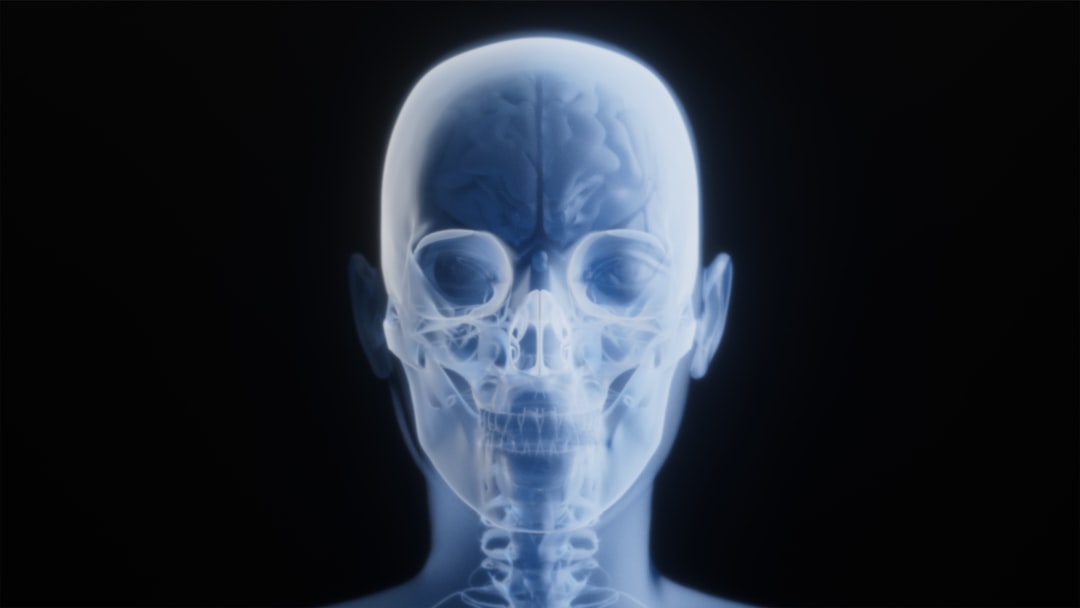Introduction
DicomWorks is a digital radiography and imaging software that has revolutionized the field of dentistry. With its origins in research software, DicomWorks has evolved over the years to become a global dental visualization platform. In this article, we will explore the history of DicomWorks, from its creation to its current state as a leading dental imaging software.
Early Beginnings: The Research Phase
DicomWorks was first created in the early 2000s as a research software for medical imaging. At the time, the software was designed to work with DICOM (Digital Imaging and Communications in Medicine) files, which are the standard format for medical imaging data. The software quickly gained popularity among researchers and medical professionals due to its ability to efficiently manage and analyze large amounts of imaging data.
Transition to Dentistry
In the mid-2000s, DicomWorks began to transition from a research software to a dental imaging platform. This shift was driven by the growing demand for digital radiography and imaging in dentistry. Dentists and dental hygienists were looking for software that could help them efficiently manage and analyze dental imaging data, and DicomWorks was well-positioned to meet this need.
Evolution of DicomWorks
Over the years, DicomWorks has undergone significant evolution to become the dental imaging platform it is today. Some of the key developments include:
- Improved User Interface: DicomWorks has a user-friendly interface that makes it easy for dentists and dental hygienists to navigate and use the software.
- Enhanced Imaging Capabilities: DicomWorks has advanced imaging capabilities, including 2D and 3D visualization, that enable dentists to get a detailed view of dental structures.
- Integration with Other Software: DicomWorks can be integrated with other dental software, making it easy to manage and analyze dental data.
DicomWorks vs Legacy Tools
DicomWorks has several advantages over legacy tools in dentistry. Some of the key benefits include:
| Feature | DicomWorks | Legacy Tools |
|---|---|---|
| Imaging Capabilities | Advanced 2D and 3D visualization | Limited 2D visualization |
| User Interface | User-friendly and intuitive | Complex and difficult to use |
| Integration | Can be integrated with other software | Limited integration capabilities |
Free and Open-Source
DicomWorks is free and open-source software, which means that it is free to download and use. This has made it accessible to dentists and dental hygienists around the world, regardless of their budget or location.
Comparison with Other Dental Imaging Software
DicomWorks is often compared to other dental imaging software, such as Dentrix and EagleSoft. While these software have their own strengths and weaknesses, DicomWorks has several advantages, including:
| Feature | DicomWorks | Dentrix | EagleSoft |
|---|---|---|---|
| Imaging Capabilities | Advanced 2D and 3D visualization | Limited 2D visualization | Basic 2D visualization |
| User Interface | User-friendly and intuitive | Complex and difficult to use | Easy to use but limited functionality |
| Integration | Can be integrated with other software | Limited integration capabilities | Can be integrated with other software |
Conclusion
DicomWorks has come a long way since its creation as a research software. Today, it is a leading dental imaging platform that is used by dentists and dental hygienists around the world. Its advanced imaging capabilities, user-friendly interface, and integration with other software make it an ideal choice for dental professionals. Whether you are a seasoned dentist or just starting out, DicomWorks is definitely worth considering.






